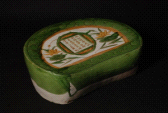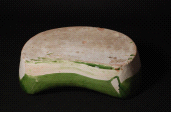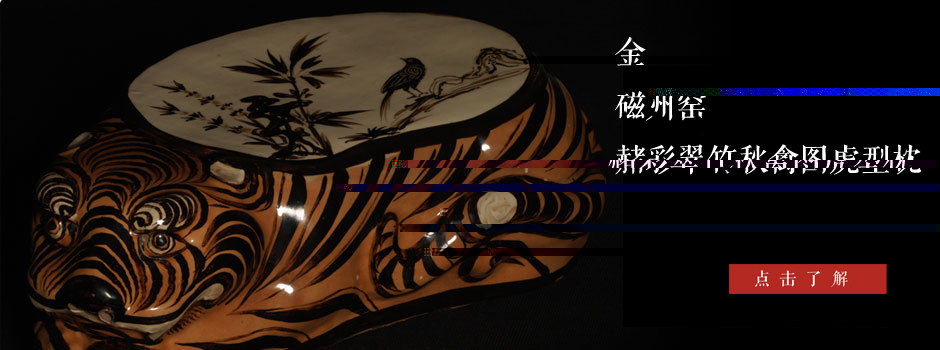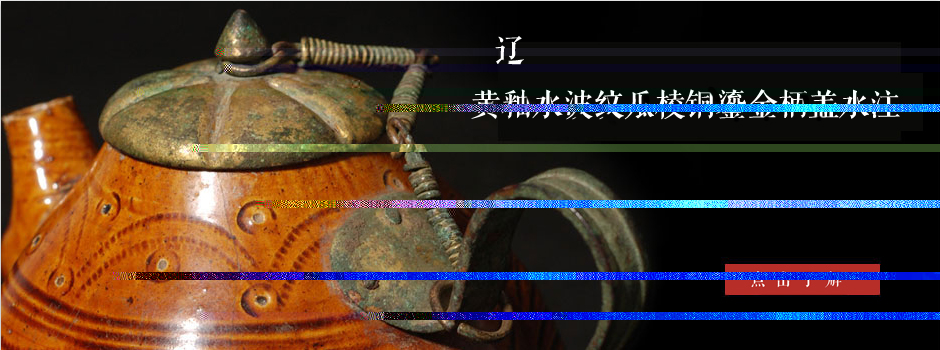- >> Company Profile
- >> President's Speech
- >> Brand Service
- >> Mission & Goals
- >> Value System
- >> Brand Construction
- >> Philosophy and Mode
Address: Room 614-616,China World Office 1, No.1 Jian Guo Men Wai Avenue, Beijing, P.R.C.
Tel:+86-10-65051177
Fax:+86-10-65058988
E-mail:soongs@zbkenuo.com
Home >> Show Items
Pillow with three-color lotus pond and poetic prose produced by Cizhou Kiln in the Jin Dynasty
 |
 |
 |
“Matured peach is companied by the night rain again, while the willow green brings you the morning smoke. Falling flowers have not been swept by the child monk, and the oriole sings while the mountain visitors are still sleeping”
The old edition is different from the current one, which is as follow:
“Matured peach is companied by the evening (at night) rain again, while the willow green brings you the morning smoke. Falling flowers have not been swept by the child monk (from monk’s family), and the oriole sings while the mountain visitors are still sleeping”
Thus, people can know that the edition adopt by the kilnmen in Cizhou Kiln is earlier, which shows that the poem on pillow also has its value.
The unique feature of this kind of pillow is that the central part of the pillow is decorated by three colors on the white surface. The same type of pillows, which can be seen in Tokyo National Museum (Picture 1), Idemitsu Museum of Arts (Picture 2)and Masaki Art Museum (Picture 3) in Japan, are similar with the pillow in clay of the molding bed, glaze and decorative methods. Thus, the four pillows can be demonstrated to be in the same kiln. Japanese scholars think that Cizhou Kiln in Hebei (especially Guantai, Hebei) is the production place for these pillows. However, no porcelain of these pillows is found in this area. In recent years, more and more materials prove that those pillows were produced by the kiln in the central part of Henan Province.

Picture 1 Tricolored pillow with the okra pattern on the white surface produced by Cizhou Kiln in the Jin Dynasty, the collection of Tokyo National Museum (donated by Mr.Yokogawa)

Picture 2 Pillow with lotus leaf pattern produced by Cizhou Kiln in the Jin Dynasty, the collection of Idemitsu Museum of Arts

Picture 3 Tricolored pillow with parrot and butterfly patterns on the white surface produced by Cizhou Kiln in the Jin Dynasty, the collection of Masaki Art Museum




